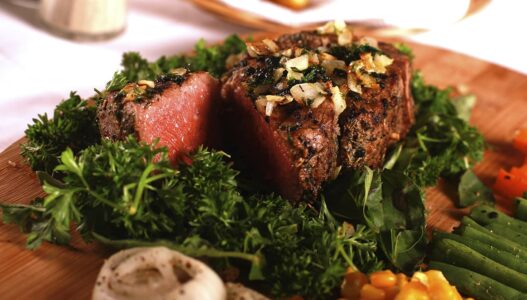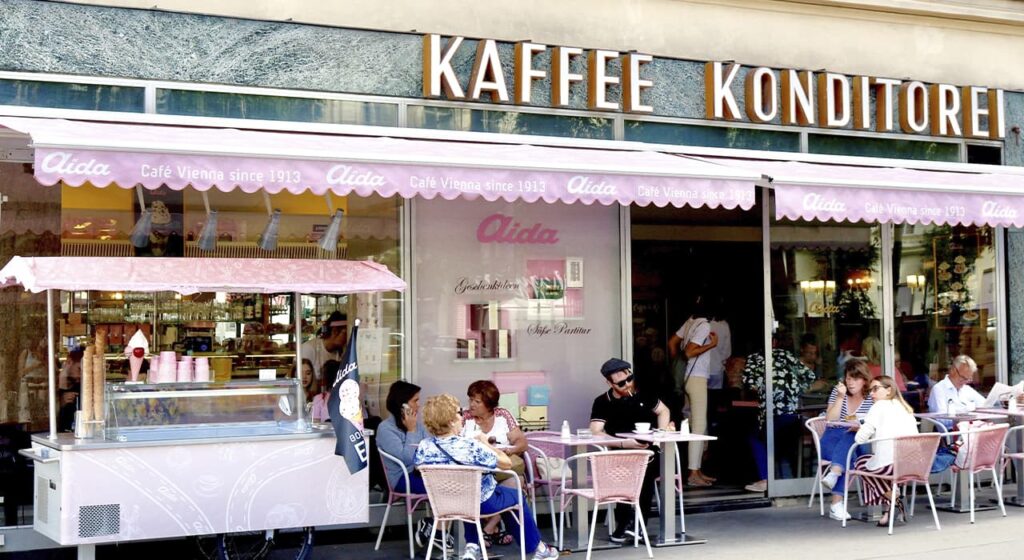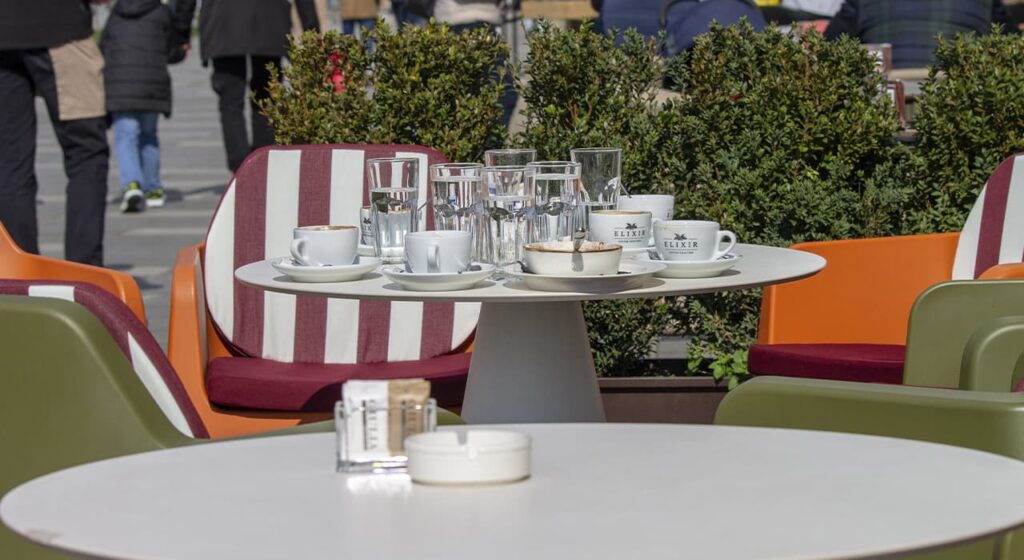Los Angeles is the gastronomic capital of America. With summer all year round, fresh local produce, the ocean at your doorstep, and an audience constantly seeking new experiences, LA Eater reports on the latest discoveries every few hours. To navigate in all this is not easy: popular ratings like Zagat are traditionally nonsense, local food blogs do not have time to keep track of developments, with a Michelin rating in Los Angeles in general is a funny story. It was published for several years in the mid-noughties, in 2010 it stopped coming out; the official reason was called “the economic situation”, although there is another version. It was reported that the editor-in-chief of the respective guides, Jean-Luc Nare, said the following: “In Los Angeles, people don’t choose a restaurant by the number of Michelin stars, but by the number of stars sitting in the restaurant.” Which, of course, is not true-no one in Los Angeles cares about Michelin stars, or just stars, or more or less about anything else.
Be that as it may, the question of choosing a restaurant here boils down to a somewhat barbaric formula. You have to answer yourself the question, “What do you want tonight?” – and then move in the chosen direction. Ethnic cuisines are the easiest: go to Koreatown for kuksa, Little Tokyo for sashimi, Culver City for Brazilians, and Van Nuys Boulevard for pho soup, where many Vietnamese live. Shish kebab and lulas in as authentic an atmosphere as possible should be eaten in Armenian Glendale. There is no such term as “Mexican food” strictly speaking – it has more regional subspecies than Chinese food; any of them in Los Angeles, which is an hour away from Mexico, is not a problem to find. Nuevo Leon cuisine is gaining strength now (see bone marrow tacos), and carne asada made by natives of Sonora, Baja California and other northern Mexican states is also becoming popular. You could take months to figure it all out, or you could just walk into any ethnic restaurant at random (avoiding tourist areas, of course – it’s all wrong there) and make no mistake. And yes, speaking of stars, Danny Trejo recently opened Trejo’s Tacos on La Brea Boulevard with his own face on the logo. The first week there were queues; pretty quickly everyone agreed that the artist’s tacos were good for three. As, in fact, are the roles in the movies lately.
There is also such a phenomenon as food trucks. Unlike, for example, Manhattan, where they make sense simply because it’s crowded, there are a lot of people, and eating in the same places gets boring, Los Angeles has them simply because it’s impossible not to have something. You can’t miss at least Chef Roy Choi’s Korean fusion tacos Kogi, which started the whole street food phenomenon in general; Yeastie Boys’ fantastic bagel wagon; breakfast specialty Free Range LA and the phenomenal sausage shop on wheels Seoul Sausage Co. whose owners Chris Oh, Young Kim and Ted Kim have become culinary stars on a national scale.
Let’s keep silent about the world-famous Matsuhisa (the only name restaurant of the Nobu owner) and Urasawa (with three-star Michelin chef Hiro Urasawa), where the bill without wine can easily exceed three hundred dollars per person – the fact that it is cosmically delicious is clear by default. But it’s worth mentioning two non-obvious places known only to locals and not unreasonably considered to be the best sushi bars not only in Los Angeles, but in America as a whole. The first is Shibuya in Calabasas; you can’t book a table there and it’s better to arrive at noon, by opening time, to avoid standing in a three-hour line with Kanye West and Justin Bieber who live nearby. Shibuya does absolutely spacey stuff with tuna, and their black cod is a head-turner above Nobu. The second one is Yotsuya in Tarzana, where everything is interesting. The menu is fundamentally no. They don’t make “California” roll as a matter of principle and if you mention it they can easily kick you out as for a Japanese it sounds almost as weird as lard in chocolate. You can bring your own wine. Chef Masatomo cooks only what he bought in the morning at the aforementioned Downtown Fish Market, and so the omakase set may consist of ten different dishes, or it may consist of eighteen. It is impossible to describe the taste of it all in words; it is an experience of religious enlightenment. And yes: even in such non-obvious places, you should prepare to pay at least a hundred dollars per person. Cheap sushi is an oxymoron.
Chef Masatomo cooks only what he bought in the morning at the Downtown Fish Market-and so the omakase set may consist of ten changes of dishes, or it may consist of eighteen. It’s impossible to describe the taste of it all in words; it’s an experience of religious enlightenment.
Then there are the burgers. One of California’s most important gastronomic institutions is the In-n-Out Burger chain, which only pretends to be fast food. There are three items on the menu there, but only commuters order them; the whole point is that the burgers here are made to order by individual request (just in case: you should order a triple-triple without onions, but with extra pickles, just take my word for it). All the chefs of the world stop by In-n-Out right off the plane; this is where the entire film industry comes after the Oscars and the Golden Globes – finally a proper meal after a silly buffet. Needless to say, the burgers here are unlike anything you can try outside of California at all?
And so on and so forth. There are several volumes to be written about food in Los Angeles, and they will become irrelevant in no time – the gastronomic landscape is changing at an unimaginable rate.



